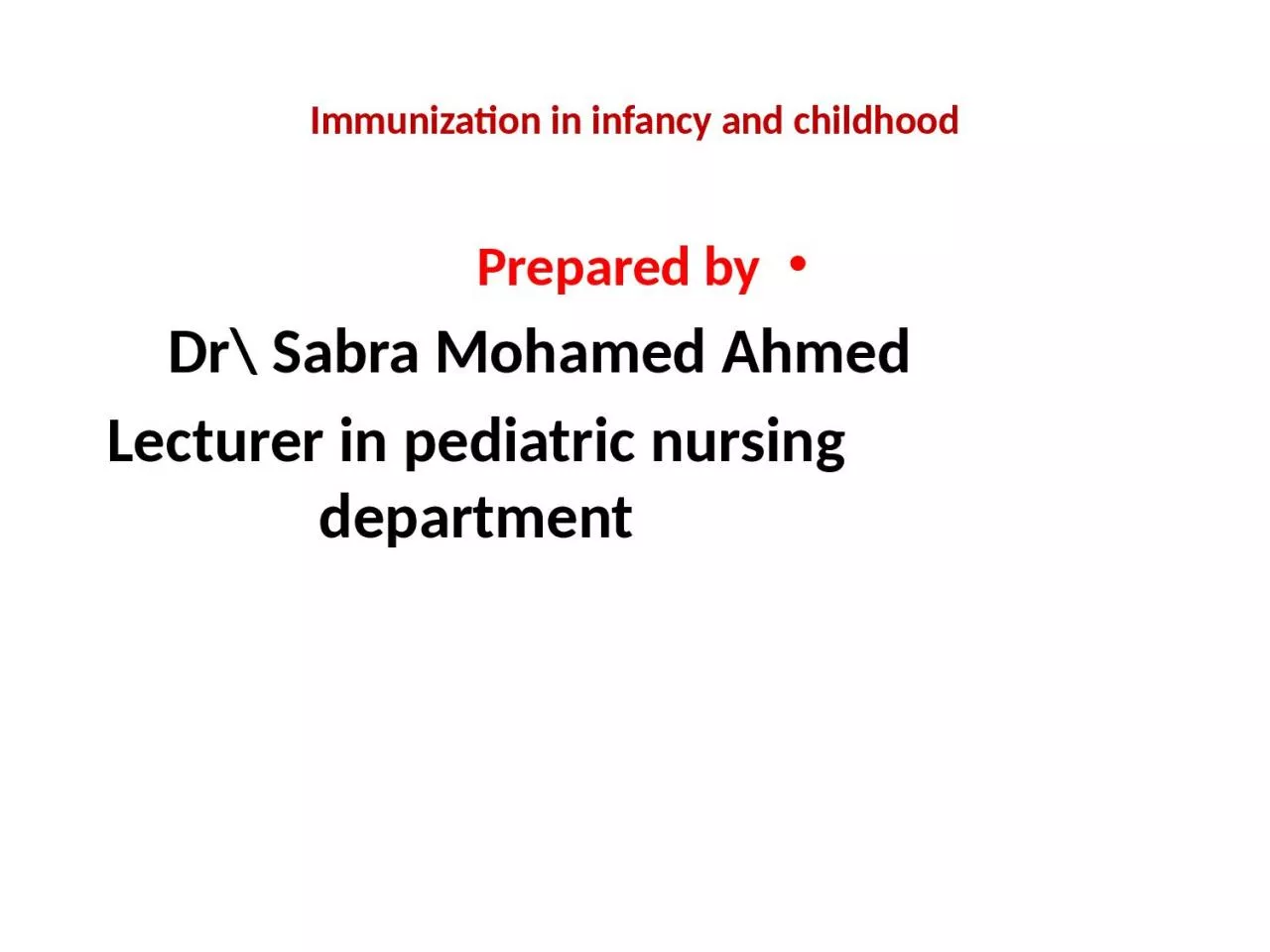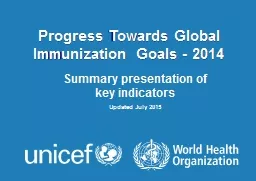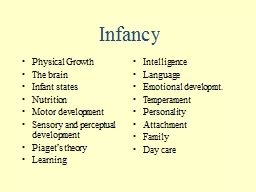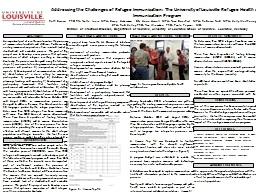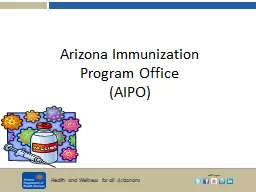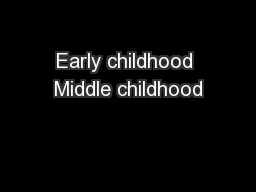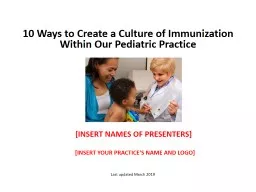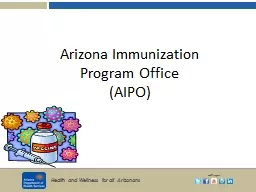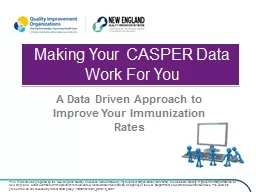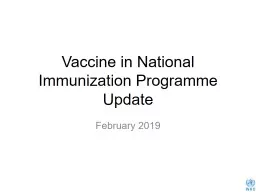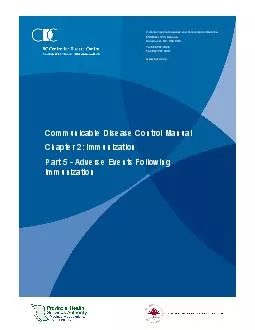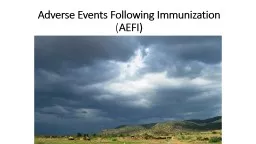PPT-Immunization in infancy and childhood
Author : anderson | Published Date : 2024-02-09
Prepared by Dr Sabra Mohamed Ahmed Lecturer in pediatric nursing department Definition It is the process through which the body acquires specific immunity towards
Presentation Embed Code
Download Presentation
Download Presentation The PPT/PDF document "Immunization in infancy and childhood" is the property of its rightful owner. Permission is granted to download and print the materials on this website for personal, non-commercial use only, and to display it on your personal computer provided you do not modify the materials and that you retain all copyright notices contained in the materials. By downloading content from our website, you accept the terms of this agreement.
Immunization in infancy and childhood: Transcript
Download Rules Of Document
"Immunization in infancy and childhood"The content belongs to its owner. You may download and print it for personal use, without modification, and keep all copyright notices. By downloading, you agree to these terms.
Related Documents

